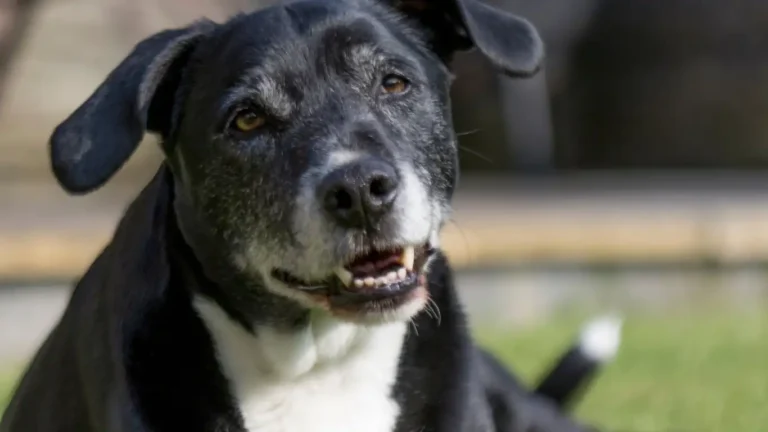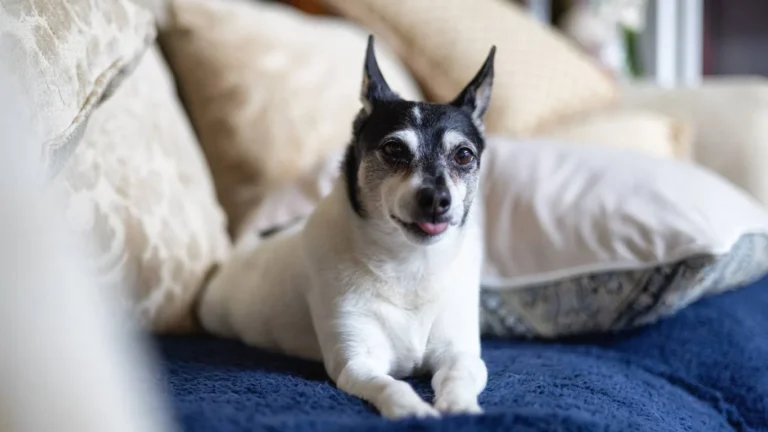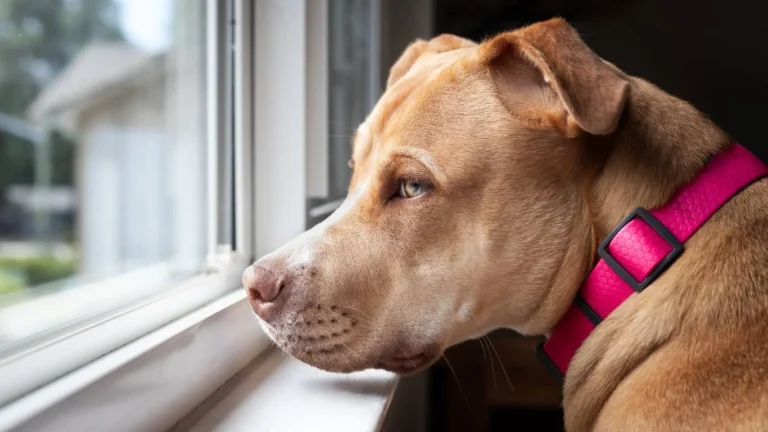Top Brushes for Every Dog Coat Type That Actually Work
If you’ve ever walked down the grooming aisle at your local pet store and stood there staring at the wall of brushes, wondering which one your dog actually needs — you’re not alone. Trust me, even as a vet tech specializing in nutrition, I get asked this all the time during appointments. Pet parents want to do right by their pups, but the options can be overwhelming. So today, we’re diving into the best types of brushes for different dog coats — because when it comes to coat care, one-size-fits-all just doesn’t cut it.
The Right Brush Makes All the Difference

Let me start by saying this — brushing isn’t just about making your pup look cute (though, of course, that’s a big bonus). Regular grooming supports skin health, circulation, and can even help prevent matting that leads to infections or skin irritations. Plus, it’s a bonding moment — one of those little things that deepens the connection between you and your dog.
But here’s the catch: using the wrong brush can actually do more harm than good. That’s why understanding your dog’s coat type is key before you even grab a brush off the shelf.
Understanding Your Dog’s Coat Type
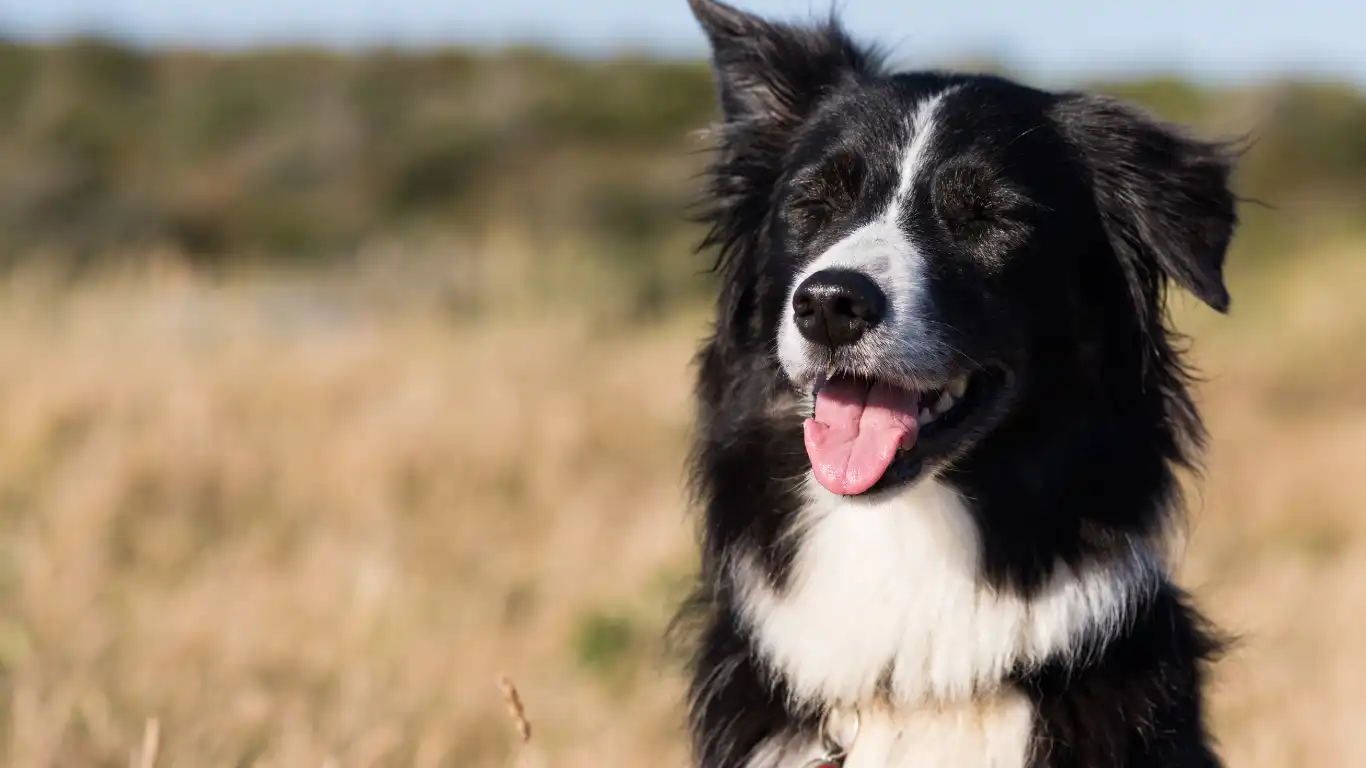
Every dog’s coat has its own personality. Some are sleek and shiny, others are thick and curly, and a few seem like they were designed to collect every leaf and burr on the trail. Here’s a quick breakdown of the most common coat types I see in practice:
- Short-haired coats – Think Boxers, Beagles, Dobermans. These coats are smooth and low-maintenance, but still need regular brushing to control shedding.
- Long-haired coats – Breeds like Shih Tzus and Collies fall into this category. Gorgeous but prone to tangles if not brushed properly (or often enough!).
- Double coats – Huskies, Golden Retrievers, and German Shepherds are classic examples. They have a soft undercoat and a coarser outer coat that sheds seasonally — and spectacularly.
- Curly or wavy coats – Poodles, Doodles, and Portuguese Water Dogs. These guys need consistent grooming to avoid dense matting that hides close to the skin.
- Wire-haired coats – You’ll see this in breeds like the Wire Fox Terrier. Their coats are coarse and bristly, and they benefit from specific grooming techniques like stripping.
Once you figure out what kind of coat your pup has, the next step is matching it with the right brush. Let’s walk through that — and yes, I’ve tested almost all of these on my own patients (and a few very patient clinic dogs).
Best Types of Brushes for Different Dog Coats

Slicker Brushes – Great for Long, Curly, and Double Coats
This one’s a staple in my grooming kit. A slicker brush has fine, short wires close together on a flat surface, and it works wonders on longer or curlier coats. It’s perfect for removing loose fur, mats, and tangles — just be gentle, especially near sensitive areas like the belly and behind the ears.
Pro tip from the clinic: Use short, light strokes and keep the brush slightly angled to avoid scratching the skin. I’ve had more than one dog come in with skin irritation from overzealous brushing with a slicker.
Bristle Brushes – Ideal for Short-Haired Breeds
Bristle brushes are your go-to for pups with short, smooth coats. They help distribute natural oils, giving your dog’s coat that healthy, glossy finish. These brushes don’t do much for deep cleaning or de-shedding, but they’re fantastic for everyday maintenance and post-walk touch-ups.
If you’ve got a pup who’s not a fan of grooming, this is a gentle way to ease them into the routine. I’ve used it on a few nervous rescue dogs with great success — it feels more like a petting session than grooming!
Undercoat Rakes – Essential for Double-Coated Breeds
This is where things get serious. Undercoat rakes look intense (and kind of medieval), but they’re a must-have for dogs with thick double coats. They reach through the outer coat to pull out that fluffy undercoat before it has a chance to mat or shed all over your house.
During seasonal shedding — aka “coat explosions” — I always recommend brushing with an undercoat rake at least twice a week. Trust me, your vacuum will thank you. Just be sure to follow up with a smoothing brush to keep the topcoat looking sleek.
Pin Brushes – Great for Fluff and Finishing Touches
Pin brushes resemble human hair brushes and are often used on longer, silkier coats like Afghan Hounds or Yorkies. They’re not the best at detangling, but they’re excellent for fluffing up a coat and finishing a grooming session with a polished look.
I’ll sometimes use a pin brush after a de-matting session just to make everything look smooth and fancy — especially if we’re sending a dog home after a spa day at the clinic.
Rubber Curry Brushes – Short-Haired, Shedding Dogs Love These
These are my go-to for breeds like Labs, Pugs, and Frenchies. Rubber curry brushes are soft, flexible, and fantastic for massaging the skin while pulling out loose hairs. Most dogs love them — seriously, I’ve had dogs flop over mid-brush like they’re getting a full-on spa treatment.
Bonus? You can use them in the bath to help work shampoo into the coat, which makes them a double-duty tool every pet parent should have.
Combs – The Unsung Heroes
Don’t underestimate a good comb. I keep one in my pocket on clinic days — they’re amazing for detail work around the face, paws, and tail. If you’re dealing with a tangle or trying to part the fur to check for fleas or skin issues, a metal comb is your best friend.
I’ve used combs to gently work out stubborn knots behind the ears and even to find those sneaky burrs that get buried in long-haired coats after a hike.
How Often Should You Brush Your Dog?

Okay, so now that we’ve nailed down the best types of brushes for different dog coats, let’s talk about frequency. This is where most people overestimate or underestimate things — either brushing too little or brushing so often that the dog ends up with irritated skin.
Here’s what I generally recommend to my clients (and use with my own doggo patients):
- Short-haired dogs: Once a week is usually plenty. Just enough to control shedding and keep that coat looking glossy.
- Long-haired breeds: At least 3–4 times a week, and honestly, daily is best if you want to stay ahead of tangles. Don’t skip it, even when they look fine — trust me, those mats sneak up fast.
- Double-coated breeds: Two to three times a week during normal seasons, but daily during those heavy shedding cycles (aka when your furniture starts growing fur).
- Curly coats: Every. Single. Day. These coats are high maintenance, and letting them go even a couple of days can lead to dense mats that are painful to remove.
- Wire-haired breeds: A few times a week is usually good. If you’re hand-stripping, it’s a bit more involved and should be done by a groomer trained in the technique.
Real talk: One of my worst matting emergencies came from a sweet little Maltese whose owner thought brushing once a week was enough. We ended up having to do a full shave — and nobody likes the “naked dog” look unless it’s intentional!
Brushing Tips I Swear By (Especially for Squirmy or Sensitive Dogs)
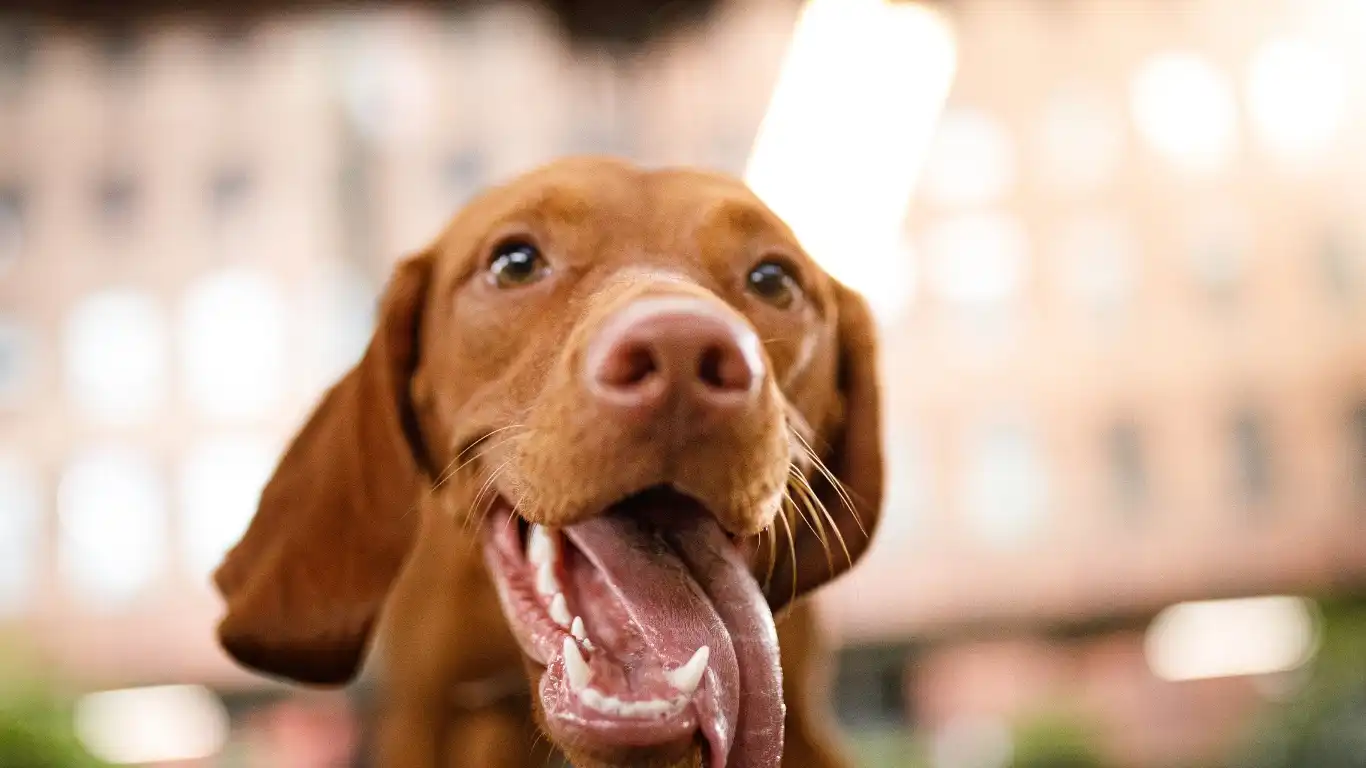
Let’s be honest — not every dog is a fan of brushing. Some squirm like slippery noodles, others act like you’re trying to perform surgery with a slicker brush. But with the right approach (and patience), even the squirmiest pups can learn to love — or at least tolerate — grooming time.
- Start young: If you’ve got a puppy, introduce brushing early. Keep sessions short, positive, and full of praise (and treats!). Make it part of their daily routine like walkies or snack time.
- Go slow: Especially for rescue dogs or those with anxiety. I usually start by brushing the chest or shoulder area — it’s less sensitive and helps build trust.
- Use high-value treats: I’m talking boiled chicken, peanut butter (xylitol-free, of course), or cheese. Reward often during and after brushing.
- Make it a chill environment: Soothing music, no distractions, and a calm tone can work wonders. I’ve even had a client who swore by brushing during Netflix time — dog on lap, snacks on standby, win-win.
- Don’t fight the mat: If you hit a tangle, don’t yank. Use a detangling spray or conditioner and gently work through it with your fingers or a dematting comb. Pulling too hard can actually damage the skin underneath.
Sometimes, a brushing session turns into a spa day. Other times, it’s five chaotic minutes followed by a dramatic flop and some heavy side-eye. Both are normal. The goal is to make brushing part of your routine without turning it into a struggle.
When to Call in a Professional Groomer

Now, I’m all for at-home grooming — it saves money, builds trust with your pup, and helps you catch skin issues early. But let’s be real: some situations call for the pros.
Here are some signs it’s time to call in a groomer (or vet techs like me who double as the salon on wheels):
- Matting is too dense or close to the skin – Trying to cut out mats at home can lead to accidental cuts or worse. Pros have the tools and training to do it safely.
- Your dog becomes aggressive or panicked – No brush is worth risking a bite or damaging trust. Sometimes, a groomer with experience handling nervous dogs is the best option.
- You need help learning the right technique – A good groomer will walk you through proper brushing methods for your dog’s coat type — it’s worth the consult fee just for the peace of mind.
- Your dog has skin issues, hot spots, or parasites – Brushing over irritated skin can make things worse. In these cases, a trip to your vet or vet nurse (hi, that’s me!) is the best call.
Side story: One of our long-time patients, a gorgeous Bernese Mountain Dog named Luna, had developed a massive mat behind her ears that had turned into a hotspot. Her owner didn’t even notice until Luna started scratching constantly. It was hidden under layers of fluff. We had to sedate her to safely remove it, clean the wound, and start her on meds. Ever since then, her owner brings her in monthly for grooming touch-ups — and we haven’t had an issue since.
Bonus: A Few Brushes I Recommend Over and Over Again
I don’t usually push products unless I’ve used them myself (or seen them in action with my clients). But over the years, these brushes have become my holy grail tools:
- Chris Christensen Slicker Brush – Pricey? Yeah. Worth it? 100%. This is the Rolls-Royce of slickers and makes grooming silky coats almost effortless.
- KONG ZoomGroom – Perfect for short-haired pups, especially during bath time. Gentle and satisfying — most dogs love the massage-like feel.
- Furminator Undercoat Rake – If your dog blows coat twice a year, this thing will save your sanity. Just use it gently — it’s a beast in all the best ways.
- Andis Steel Comb – The unsung hero for post-brush finishing work and detail grooming. I keep one in my clinic pocket at all times.
Keep in mind: not every brush is right for every pup. I always tell folks to match the brush to their dog’s coat — and their comfort level. A good brush should feel like a mini massage, not a wrestling match.
Common Brushing Mistakes Dog Parents Make (And How to Avoid Them)

Alright, let’s have a little heart-to-heart. Even the most loving, dedicated pet parents can miss the mark when it comes to grooming — and that’s okay! We’re all learning. I’ve seen it all in my years as a vet nurse: the overzealous slicker brush sessions, the skipped tangles that turn into dreadlocks, the bargain brushes that cause more harm than help. So let’s break down a few of the most common mistakes I see — and how to fix them fast.
- Using the wrong brush for your dog’s coat type – This one tops the list. I once had a client trying to detangle a Standard Poodle with a bristle brush meant for a Beagle. No wonder it wasn’t working. Always match the brush to the coat.
- Brushing too hard – More pressure doesn’t mean better results. In fact, it can cause brush burn, especially on sensitive spots like armpits and bellies. Gentle, short strokes are best.
- Ignoring areas that mat easily – Behind the ears, under the arms, around the tail — these spots mat up in no time. I make it a habit to check these every time I brush, even if the rest of the coat looks fine.
- Not checking for skin issues – Brushing isn’t just about coat care. It’s the perfect time to look for lumps, bumps, parasites, or flaky patches. I’ve caught more than a few early infections during routine grooming.
- Skipping post-bath brushing – Wet fur can hide tangles. Once your dog’s dry, follow up with a brush to smooth things out and prevent matting.
Bonus tip from the field: If your brush is full of hair after one stroke, you’re overdue for a grooming session. Regular brushing should feel like maintenance — not excavation!
DIY Coat Care Boosters: Natural Treatments I Trust

Beyond brushes, there are a few natural extras I’ve used over the years to keep coats healthy, shiny, and mat-free. Some are DIY-friendly, others are simple changes to your pup’s routine. Here’s what I recommend when clients ask me for that “extra glow” in their dog’s coat.
Omega-3 Fatty Acids
If you’ve ever seen a dog’s coat go from dull to dazzling, chances are omega-3s were involved. I always recommend a high-quality fish oil supplement for dogs with dry, flaky skin or dull fur. It’s good for joints too, so it’s a win all around. Check with your vet first on dosing, especially for small breeds.
DIY Coat Conditioning Spray
This is one of my favorites — easy to make and gentle enough to use weekly:
- 1 cup distilled water
- 1 tablespoon aloe vera gel (pure, no alcohol)
- 1 teaspoon coconut oil or argan oil
- A couple drops of lavender or chamomile essential oil (optional, and only if your dog isn’t sensitive)
Shake it up in a spray bottle and lightly mist your dog’s coat before brushing. It helps soften tangles, adds shine, and smells amazing. I’ve used this on dozens of patients with sensitive skin — just do a patch test first.
Proper Diet = Healthier Coat
You knew this was coming — my nutrition side had to chime in! A shiny coat starts on the inside. Make sure your dog’s diet includes:
- High-quality proteins
- Healthy fats (like salmon oil or flaxseed)
- Vitamins like biotin and vitamin E
- Plenty of hydration
Dogs on poor-quality kibble or limited diets often have brittle coats and more shedding. Sometimes, just upgrading the food makes a world of difference. Sites like PetMD or AKC are great starting points when researching nutrition.
Final Thoughts: Brushing Is Bonding
I know grooming can feel like a chore sometimes. You’re busy, your dog’s wiggly, and there are days when your brush feels more like a paperweight. But honestly? Some of the sweetest moments I’ve shared with animals — both clients and my own dogs — happened during brushing. It’s quiet, it’s connected, and it gives you a chance to care in such a simple but powerful way.
Whether your pup has a short sleek coat or a mountain of fluff, finding the best types of brushes for different dog coats makes all the difference. And with a little patience, consistency, and the right tools, you’ll both come to enjoy the routine. Or at least, not dread it!
And hey — if you ever need extra help or aren’t sure what brush to grab next, ask your vet or your local vet nurse (like me!). We’re always happy to help you find the best tools to keep your pup healthy and happy.
References
Disclaimer
The content in this article is based on my professional experience as a veterinary technician specializing in nutrition and grooming. While it reflects years of hands-on knowledge, it is not intended to replace veterinary advice. Always consult your veterinarian for personalized care recommendations for your dog’s coat, skin, and overall health.

